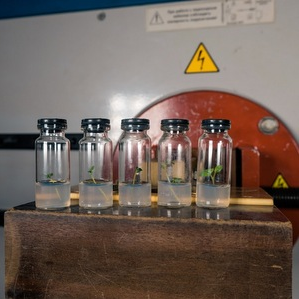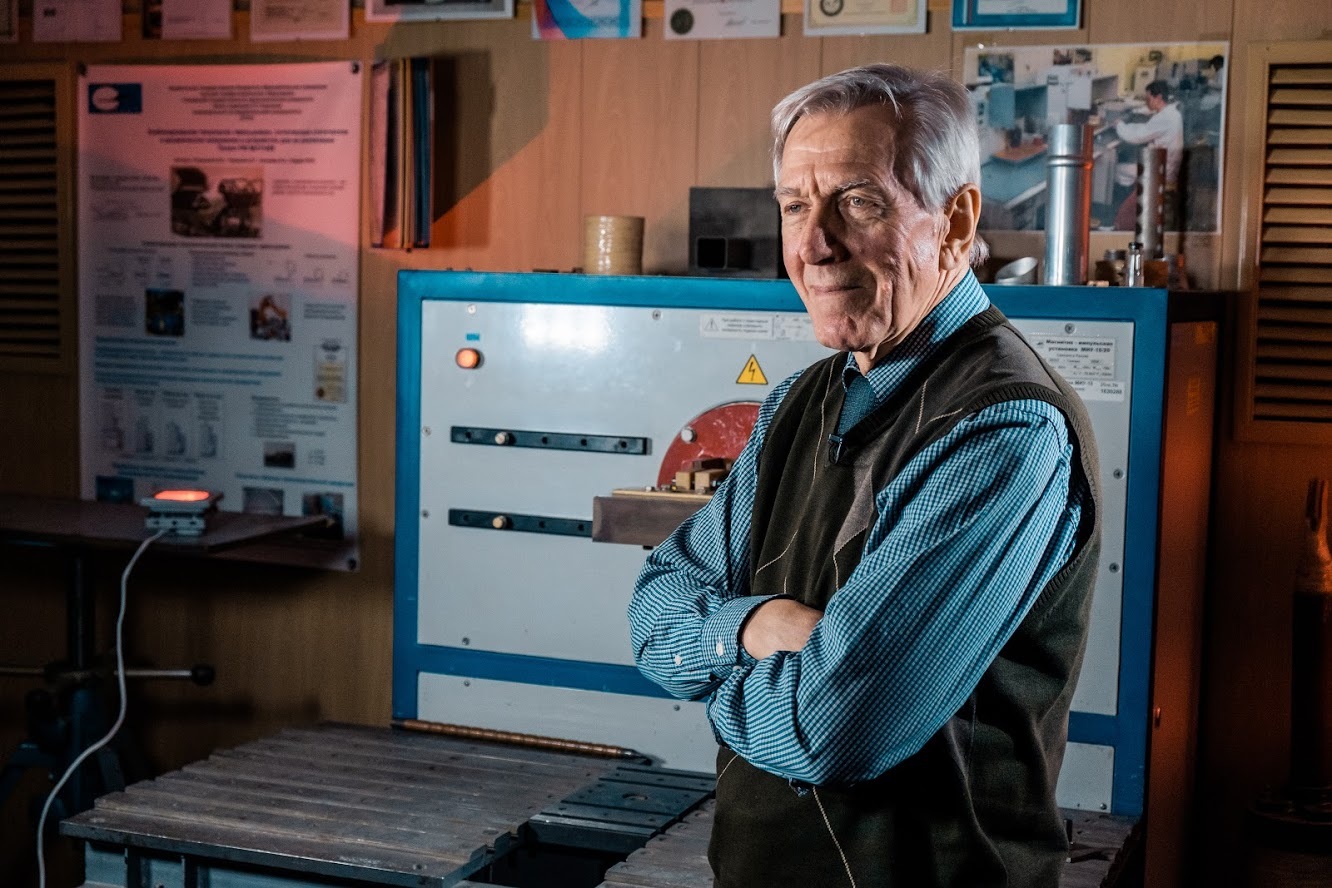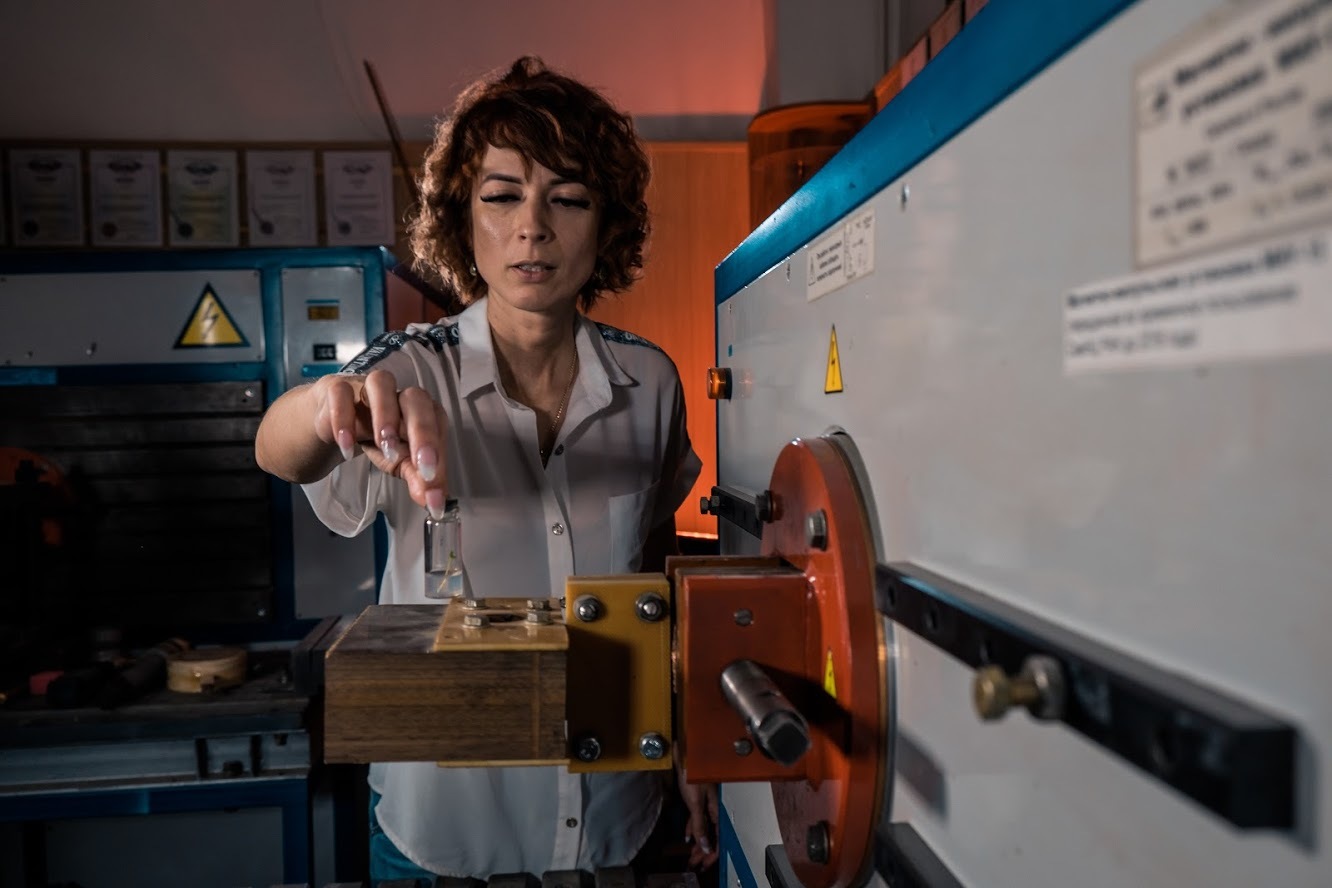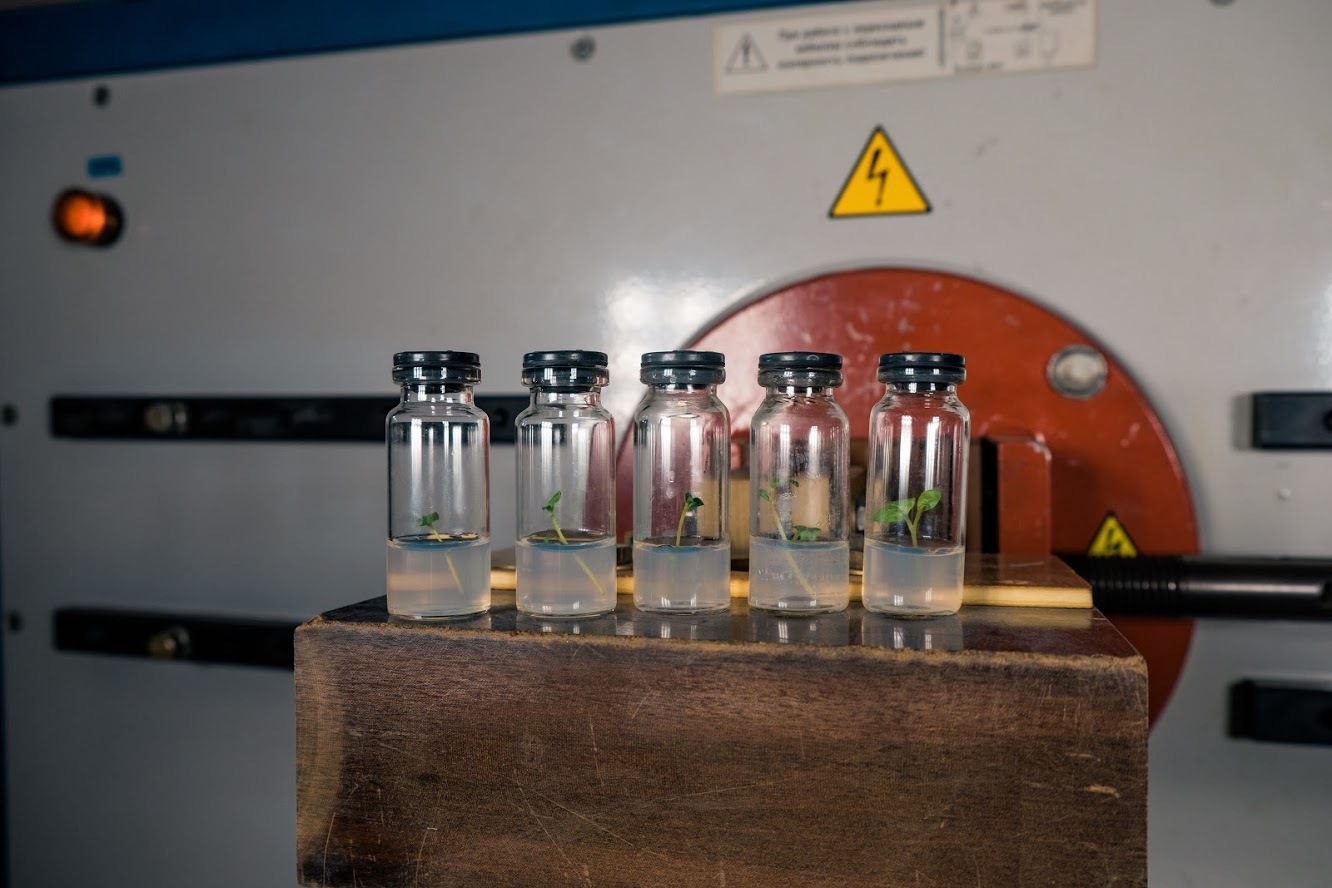Scientists of the Samara National Research University named after Academician S.P. Korolev together with colleagues from the Samara Agricultural Research Institute named after N.M. Tulaykov, a branch of the Samara Federal Research Center of the Russian Academy of Sciences, began a series of experiments on the effects of a pulsed magnetic field on potato plants. In the course of research, scientists plan to develop a method for destroying the most dangerous potato viruses with a pulsed magnetic field.
"Potato sprouts were chosen as the objects, because they are most optimal for such experiments: they are resistant to pulsed magnetic fields and grow rapidly, so you can get experimental results much faster," said Irina Belyaeva, associate professor of Samara University, Ph.D.
According to scientists, potato viral diseases are the most dangerous. If there are treatment methods for fungal and bacterial lesions of potato, then viral infections are usually not amenable to treatment and infected plants simply have to be destroyed.
"The purpose of the experiment is an attempt to cure potatoes from an internal viral infection. The cuttings participating in the experiments are infected with four of the five types of the most harmful potato viruses. When infected with such viruses, the productivity of potato crops can decrease by 80 percent, the vast majority of plants die. In our region, the situation with these viruses is quite complicated, therefore, these studies have strategic significance," said the deputy director of the RAS Center Samara Federal Research Branch Alexei Milekhin.
The objects of the experiment were 45 tiny — just a couple of centimeters long — potato cuttings, each in a separate glass tube. Test tubes with sprouts were in turn placed into a magnetic pulse device developed at Samara University, where they were exposed to a magnetic field for a split second. The parameters of the energy impact of the field for each of the groups of cuttings were different — from 100 joules to 1 kilojoule.
"We will carry out analyses whether viruses remained in the cuttings in about a month. We will cut off half of the plant and one part will go for diagnosis, and the other will go for further propagation," Milekhin noted.
According to him, in the scientific literature there are references to the use of previously low-power magnetic-impulse plants for healing such berry crops as raspberries and strawberries. There are no similar works on potatoes and other crops.
"The use of a pulsed magnetic field in the agricultural industry, in the fields of biology, medicine and chemistry is a new topical scientific field created at our university in collaboration with the Samara State Medical University, the regional clinical hospital named after V.D. Seredavin, and the Samara Agricultural Research Institute," Belyaeva emphasized.
A magnetic pulse device developed at Samara University is used for the experiments. The university manufactures and supplies similar devices of various modifications for Russian and foreign enterprises, where they are used for production purposes — for assembly of launch vehicle cables, high-precision stamping of aircraft parts, production of pipeline system elements, welding of aluminum and copper alloy billets.
"Traditionally, we influence metals with a pulsed magnetic field but how does it affect the human body, our cells? To answer this question, we turned our research in the biomedical direction and we got biomedical engineering," said the Samara University Metal pressure processing Department professor Vladimir Gluschenkov. — With the team of scientists and students we began to study the effect of magnetic fields on drugs, plants, and cells of living organisms. Time will show what we can achieve, now we are taking the first steps."
For reference:
The scientific school of metallophysics and mechanics of deformation processes at Samara University has worked for nearly three decades. At the Samara University Metal pressure processing Department, a scientific research laboratory NIL-41 was formed under the guidance of Professor Vladimir Glushchenkov. In the laboratory, special stamping methods are being developed, the most important of them is magnetic pulse processing of metals (MIOM). MIOM technology is our broadband implementation in aerospace, automotive and other industries. The international recognition of the scientific and technical activities of Glushchenkov led to his election as president of the International Association of MIOM Scientists and Engineers.
Training laboratories and technologies have been designed with practical value in mind. In 2003, the Samara Innovation and Research Center for the Development and Research of Magnetic-Pulse Technologies (MIOM Center) was created. The results obtained in the course of various studies have allowed Samara University scientists to theoretically and methodically substantiate new technical solutions for metal rolling using currents and pulsed magnetic fields.
Photo by Daniil Babonin






